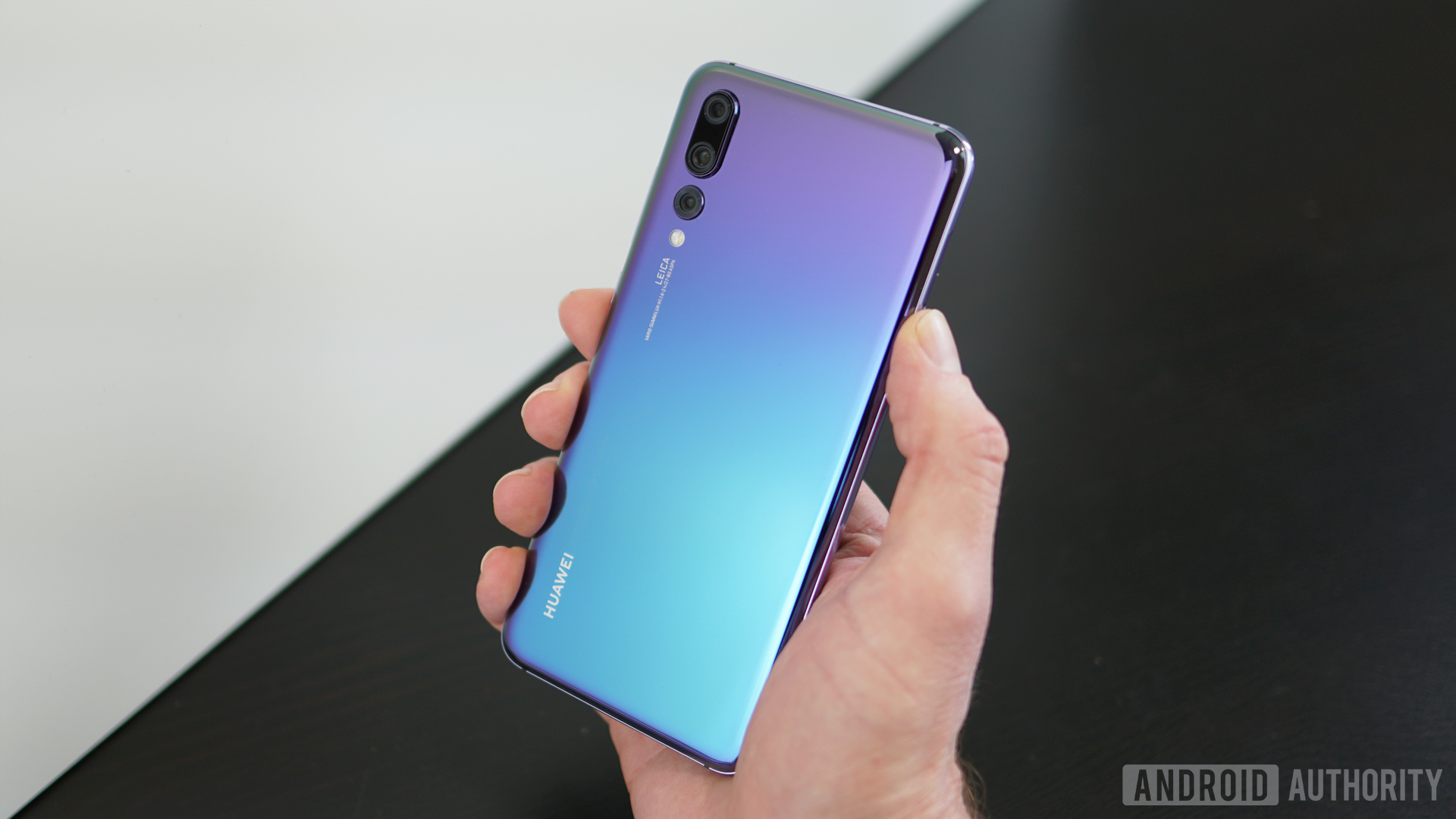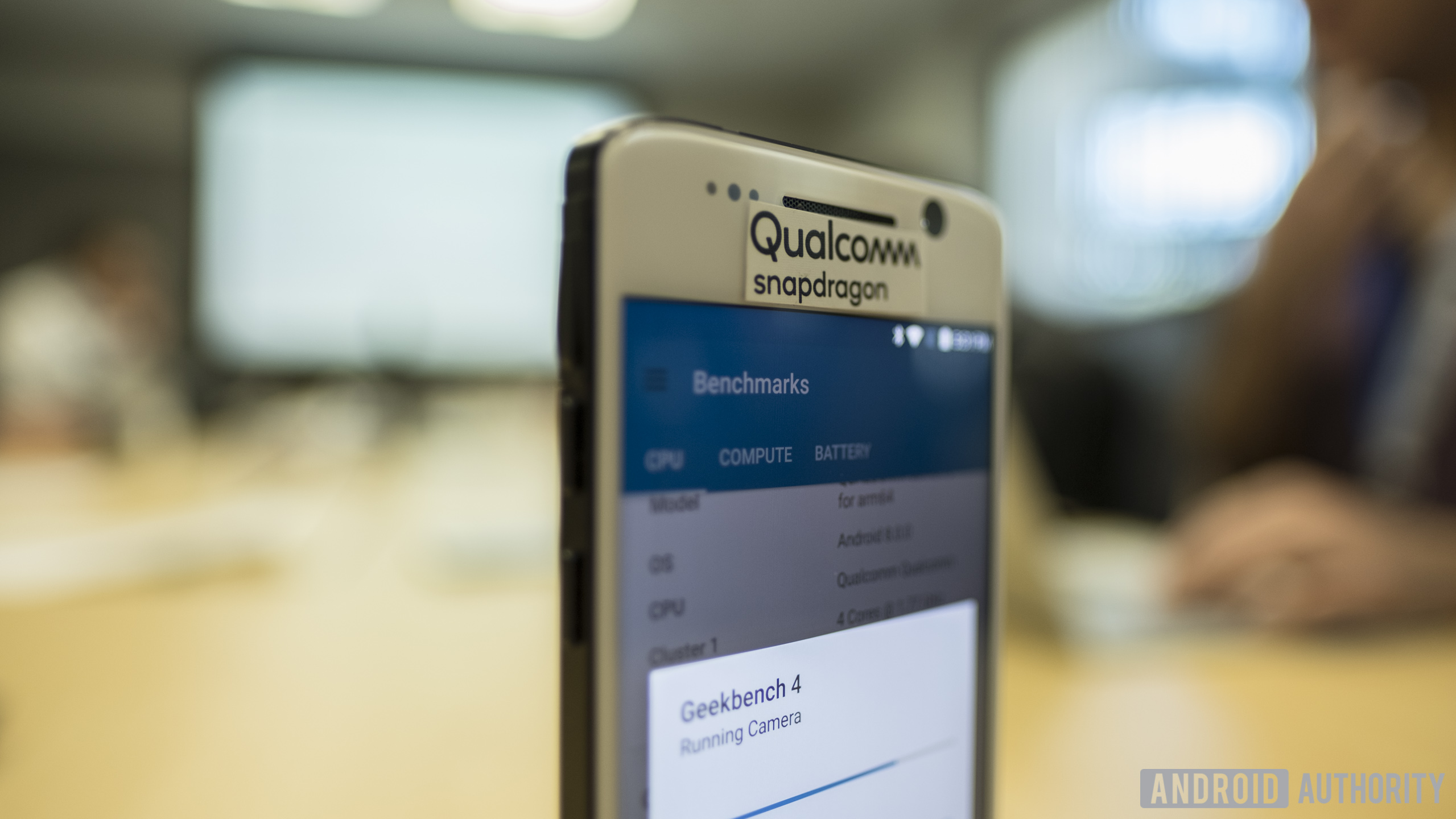Independent research suggests Oppo and Huawei cheating benchmarks by huge margins

- A team of researchers at TECH2 conducted private benchmark tests of Oppo and Huawei smartphones using an unbranded app.
- The team’s results suggest that Oppo and Huawei cheat benchmark scores by huge margins.
- The team also conducted the same tests on devices from Samsung, OnePlus, Xiaomi, and more, which all matched advertised scores.
A few weeks ago, we learned that Huawei installs software onto its smartphones that detect when a benchmark test is conducted. When a benchmark app runs, the smartphone pushes its processing power over the limit in order to make the score go higher than it ever would in real-life scenarios.
When Huawei got called out on this practice, the company admitted that the allegations were true. However, rather than agree to remove the software tweaks, it said it would make the overclocking tweaks available to the end user, which would make its previous benchmark scores valid.
However, the results of a new study by a research team at TECH2 suggests that Oppo is also artificially inflating benchmark scores of smartphones by huge margins using the same technique. What’s more, the team found that several other smartphone manufacturers are not inflating their scores by conducting the same set of tests.
The TECH2 team conducted benchmark scores on the following devices:
- Honor 10
- Huawei P20 Pro
- Nokia 7 Plus
- OnePlus 6
- Oppo Find X
- Pocophone Poco F1
- Realme 1
- Realme 2
- Redmi Note 5 Pro
- Samsung Galaxy Note 9
Instead of using the UL Benchmark-created 3DMark app that’s available on the Google Play Store to conduct these benchmark tests, TECH2 used a private version of the app that it got from UL. This private app is the exact same app as 3DMark — except the name of the app is different.
Since the name of the app doesn’t match with any recorded benchmark app, a smartphone that would overclock itself in the presence of a benchmark app wouldn’t start the overclock process for this private version of 3DMark. In other words, the private version of 3DMark used by TECH2 will get real-world benchmark scores for a smartphone running a processor at the same rate that it would during any other normal function.
Here are the results for five of the devices. The black bars are the advertised benchmark scores and the yellow bars are the scores TECH2 obtained using the private, unbranded app:
As you can see, there are some wild discrepancies between the advertised scores and the actual, real-world scores. In the case of the Honor 10, the real-world score is nearly half of the advertised score.
Now, for comparison, here is the same comparison made by performing the same tests on the five other devices:

In the cases above, the advertised scores are almost perfectly in sync with the scores obtained using the private app.
What does this all mean? It proves that two phones from Huawei and three phones from Oppo artificially inflated benchmark scores, while one phone from HMD Global, one phone from Samsung, one phone from OnePlus, and two phones from Xiaomi did not. But it also suggests that advertised benchmark scores from some companies are more trustworthy than others.
We’ve reached out to both Oppo and Huawei about these results, but we did not hear back from either company before press time. We will update this article accordingly should we receive statements from either company.
NEXT: Huawei phones delisted from 3DMark
from Android Authority https://ift.tt/2zCCSAz



Comments
Post a Comment